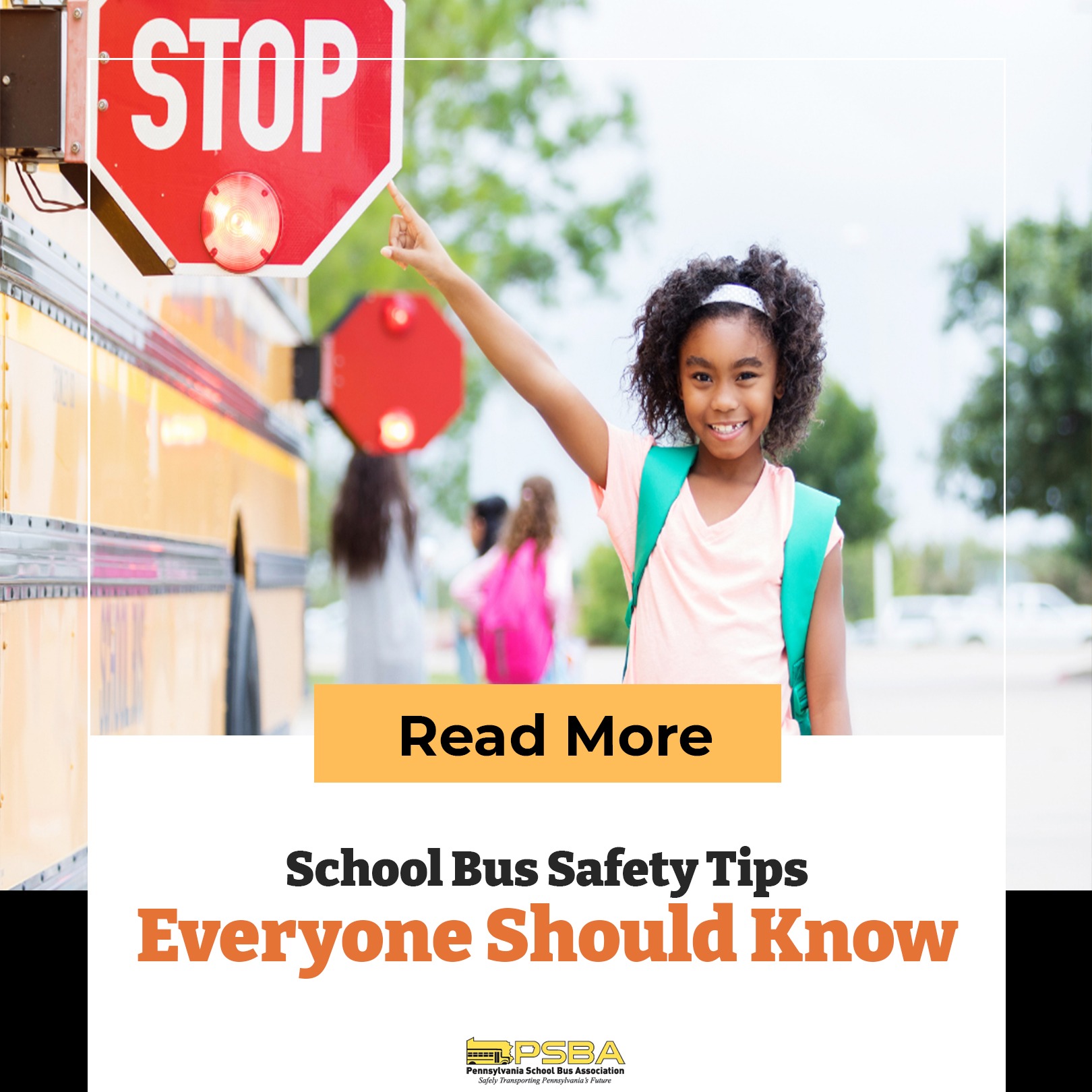Over 25 million students take the school bus to and from school. School buses are designed for safety, equipped with flashing lights, a stop sign arm, giant mirrors, and a bright yellow color.
The National Highway Traffic Safety Administration (NHTSA) indicated students are 70 times more likely to arrive safely at school when they ride the bus instead of taking the car. School buses are designed to protect students through compartmentalization, which consists of closely spaced seating and high, energy-absorbing seat backs and seat belts. These features help to reduce and avoid injury in case of a crash.
School buses are the most secure way for students to go to and from school. Almost two-thirds of school bus-related fatalities of school-age children happen outside the school bus. Students can do their part by following bus safety rules, whether in or around the school bus. Suppose, by chance, we encounter something that we least expect, such as an unforeseen circumstance where a careless motorist may cause a terrible accident where the school bus is also involved. In that case, we want to know if the students are safe.
The following tips can ensure a safe ride:
Safety tips for the schoolchildren and parents:
- Your child should arrive at the bus stop at least five minutes before the bus is scheduled to arrive. Accompany your child to the school bus and show them where to wait for the bus.
- Stand six feet, or three giant steps, away from the curb while waiting for the bus.
- Remind your child that a bus stop is not the place to run and play.
- When the school bus arrives, your child should wait until the bus makes a complete stop and opens its door. Once the driver says it’s okay to get on the bus, it’s time for your child to approach the door. Your child should use the handrail to prevent them from falling.
- Your child should always cross in front of the bus, not behind. Your child should be at least 10 feet (or five giant steps) in front of the school bus. They should also make eye contact with the driver before crossing to be sure that the driver can see them.
- Please remind your child to sit quietly while the bus is in motion and follow their bus driver’s rules.
- Teach your child how to behave inside the bus properly. Behaving is essential because acts of misbehavior can create disruptions that can cause the driver to become distracted and lead to accidents.
Safety tips for school drivers:
- Be mindful of the environment. It’s essential to know the neighborhood where you’re driving in and be aware of the surroundings and any other drivers.
- Slow down and be ready to stop if another school bus is flashing its lights.
- Yellow flashing lights mean that the school bus is preparing to stop. Motorists should slow down and be ready to make a stop.
- Red flashing lights and the “Stop” arm sign being extended means that the school bus has already stopped and is loading or unloading students. At this point, motorists should stop their vehicles and wait until the red lights stop flashing and the “Stop” arm sign is withdrawn.
Safety tips for motorists:
- Observe speed limits and laws, especially when driving in school zones and bus stops.
- Pay attention to the school bus’s flashing lights and extended “Stop” arm sign.
- Never pass another vehicle when the “Stop” arm sign is extended.
- As you back out of your driveway, watch for children walking or cycling to school.
School buses are designed to be safe for transporting children to and from school. But educating students, parents, and drivers about school bus safety rules is also essential to ensure that the kids arrive at the school safe and sound. Read the article “Pennsylvania School Bus Drivers Encourage Students to Be Safe” to learn more.
It’s also important that school bus drivers have a commercial driver’s license (CDL) and receive specialized training. The training will change aspiring drivers’ behavior and help them minimize or eliminate risk, provide a first-rate level of service, and improve overall school bus safety.
If you think you have what it takes to be a school bus driver – licensed, trained, and with the schoolchildren’s safety in mind – update your CV and apply for any school bus job openings here.

